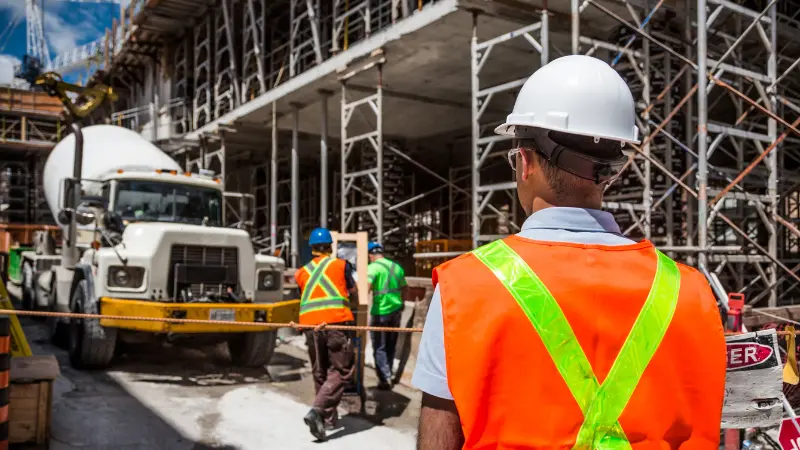
In today’s fast-paced construction environment, every day on the schedule matters. That’s why the Design-Bid-Build (DBB) method continues to gain traction as a time-saving strategy in building construction project management. By breaking projects into three distinct phases: design, bidding, and construction, DBB brings clarity, structure, and efficiency to the entire process.
Design-bid-build is a classic approach in building construction project management. It stands out for its clear structure and straightforward process. Its step-by-step format helps teams stay organized and focused.
The DBB method divides a project into three primary phases. Each builds on the previous one, creating a linear path from concept to completion:
One of the strengths of the Design-Bid-Build method in building construction project management is role clarity. Each stakeholder has a well-defined responsibility, which supports accountability and keeps the project moving efficiently.
By outlining who does what from the start, Design-Bid-Build helps eliminate confusion and supports smoother project execution across all phases.
In building construction project management, time is one of the most valuable resources. Design-Bid-Build streamlines project timelines by emphasizing planning, sequencing, and documentation, reducing the risk of miscommunication and construction delays.
The design phase sets the foundation. Finalized plans and specifications ensure contractors know exactly what’s expected, eliminating guesswork during construction. This phase allows for:
The bidding process is quick and competitive, allowing owners to select a contractor and move to construction as soon as possible. With a bidding process, project owners can expect:
Because most issues are resolved before construction starts, crews face fewer disruptions once they’re on site. For your project, this means:
Keeping a project on schedule is never easy, but with the right strategy, Design-Bid-Build can become a powerful tool for time savings in building construction project management.
Early collaboration lays the groundwork for a successful project. Getting clear on goals, requirements, and responsibilities up front helps prevent costly missteps later.
Tips for stronger planning and communication:
By building a strong start, you avoid confusion and surprises that slow down building construction project management later.
Modern tools can streamline workflows and eliminate delays caused by outdated information or missing documents.
Key benefits for construction efficiency:
Strong document control is essential in building construction project management, especially when multiple firms and specialists are involved.
A well-planned schedule builds in enough time for each phase and anticipates what could go wrong.
For better schedule control:
When teams plan realistically and stay flexible, they’re better equipped to keep building construction project management timelines on track—even when the unexpected happens.
Design-Bid-Build remains a dependable method in building construction project management, offering a structured, step-by-step approach that keeps projects organized and moving forward. When supported by thorough planning, clear communication, and expert oversight, it helps reduce delays, minimize change orders, and deliver predictable results.
At Moltus Building Group, we help owners and developers get the most out of this process. Our experienced team manages every phase of your project with a focus on timelines, budget control, and quality execution. We understand the value of coordination and clarity, especially when the goal is delivering a high-performing facility without unnecessary setbacks.
If you’re planning a Design-Bid-Build project and want a reliable partner who knows how to lead with efficiency and precision, contact the Moltus Building Group team.
Our Design-Bid-Build approach separates design, bidding, and construction into distinct phases, ensuring detailed oversight and transparent cost management. Contact us today to discover how we can streamline your construction project and make your vision a reality.